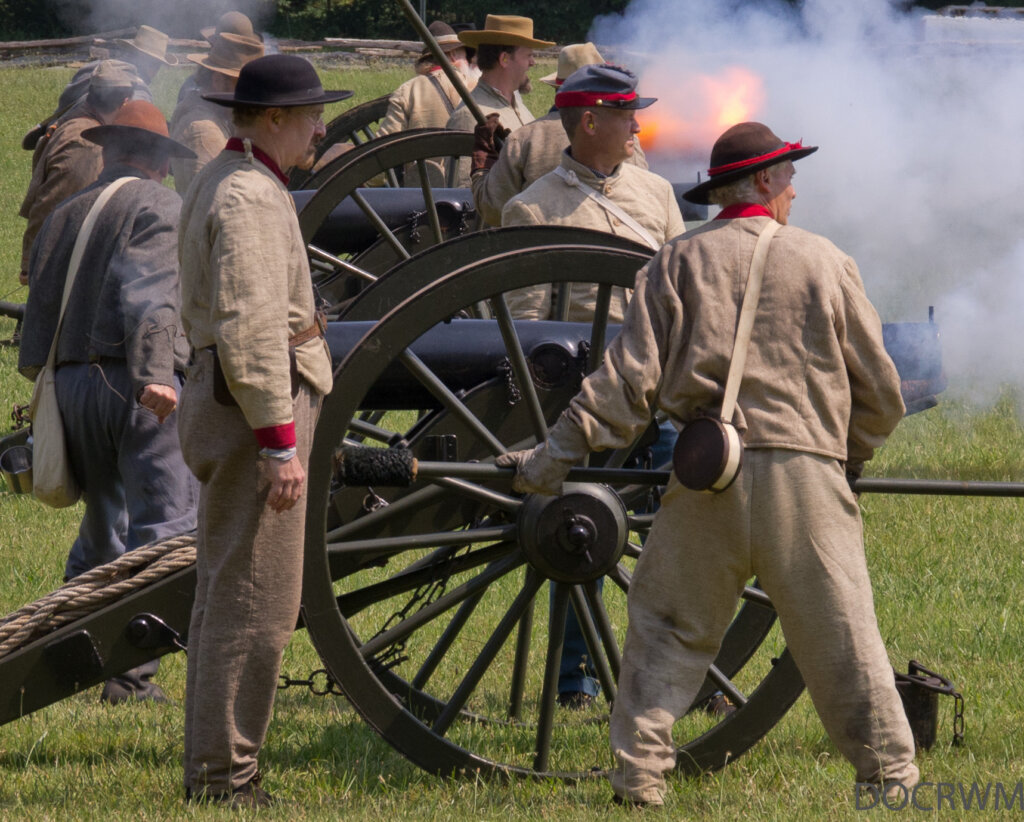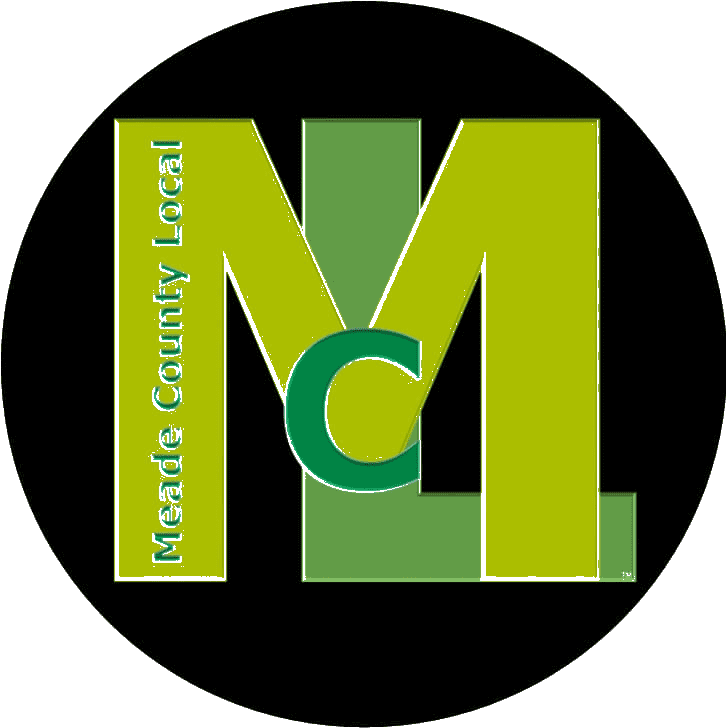How To Not Catch A Cold
-Exercise
-Hydration
-Eating healthy
-Vitamin C
-Avoiding and moving away from people who have colds
-Hand washing
Remember the last time you were totally healthy, and then all of a sudden you caught a cold at the same time as everyone else in your office? What happened? Were you sitting on the subway with them? Did their cold go airborne and float into your nose?
In that scenario, it would’ve been pretty hard for you to avoid catching a cold. But if you’re not sick yet, there are things you can do to prevent getting sick in the first place.
The idea of being exposed to germs and catching a cold by being in the same room as someone else is becoming less likely as scientists realize that it’s more likely that one person catches a cold from another through physical contact (like shaking hands) than airborne transmission. That means the best way to avoid getting sick is simple: Don’t touch people when they’re sick!
Catching a cold isn’t just about physical interaction, though. You can also keep your immune system strong by eating right and getting enough rest. And finally, washing your hands frequently is one of the easiest ways to keep from coming into contact with germs and spreading them around.
With those tips in mind, you’ll be able to stay healthy throughout this winter season.
We’ve all been there–you’ve had a busy week, and you’re looking forward to a relaxing weekend. You have plans with friends that Friday night, then a couple of parties on Saturday, and finally brunch with your parents on Sunday. Except by Saturday afternoon, you’re feeling terrible. You catch a cold.

Where Snow Comes From: Snow Falls From Clouds
The snow that falls on earth is called precipitation. The water in the air has to be below 32F to freeze. When it freezes, it turns into ice and crystals sprinkling down through the air. This process is called condensation. When it lands on earth, it becomes snow!
We know that snow comes from water vapor in the air and that water vapor is created when heat energy turns moisture into a gas. But how does that process work?
Did you know that snow is a combination of frozen water and air? It starts as tiny ice crystals in clouds high up above the ground, but it can’t stay up there forever. When the crystals get heavy enough, they fall to the ground below.
Where snow comes from: Snow is made up of tiny frozen water particles. They look like this:
Water molecules are made up of one oxygen atom and two hydrogen atoms (H 2 O). These atoms join together to form a chemical bond. The hydrogen atoms hold on to the oxygen atom’s electrons tightly, leaving the oxygen atom with a positive charge (because it has more protons than electrons) and the hydrogen atoms with a negative charge.(This is also why water is a polar molecule.)
The positive end of one water molecule attracts the negative end of another water molecule. This attraction causes the two molecules to stick together and form ice, which is why you’ll never see liquid water floating around in the sky. When water freezes, it expands because it has more space between its particles. That’s why ice floats.
Do You think it will now on Christmas this year ?
Do you have a message that you would like to have shared on Meade County Local ? Send us a message with detail’s and contact information and we will be with you shortly. Thanks so much we have provided our page link Below for you to follow so that you can keep up with Everything Meade County
We are Meade County Local
Connect with us on all social Sites or email us at themeadecountylocal@gmail.com
This post was created with our nice and easy submission form. Create your post!










Recent Comments